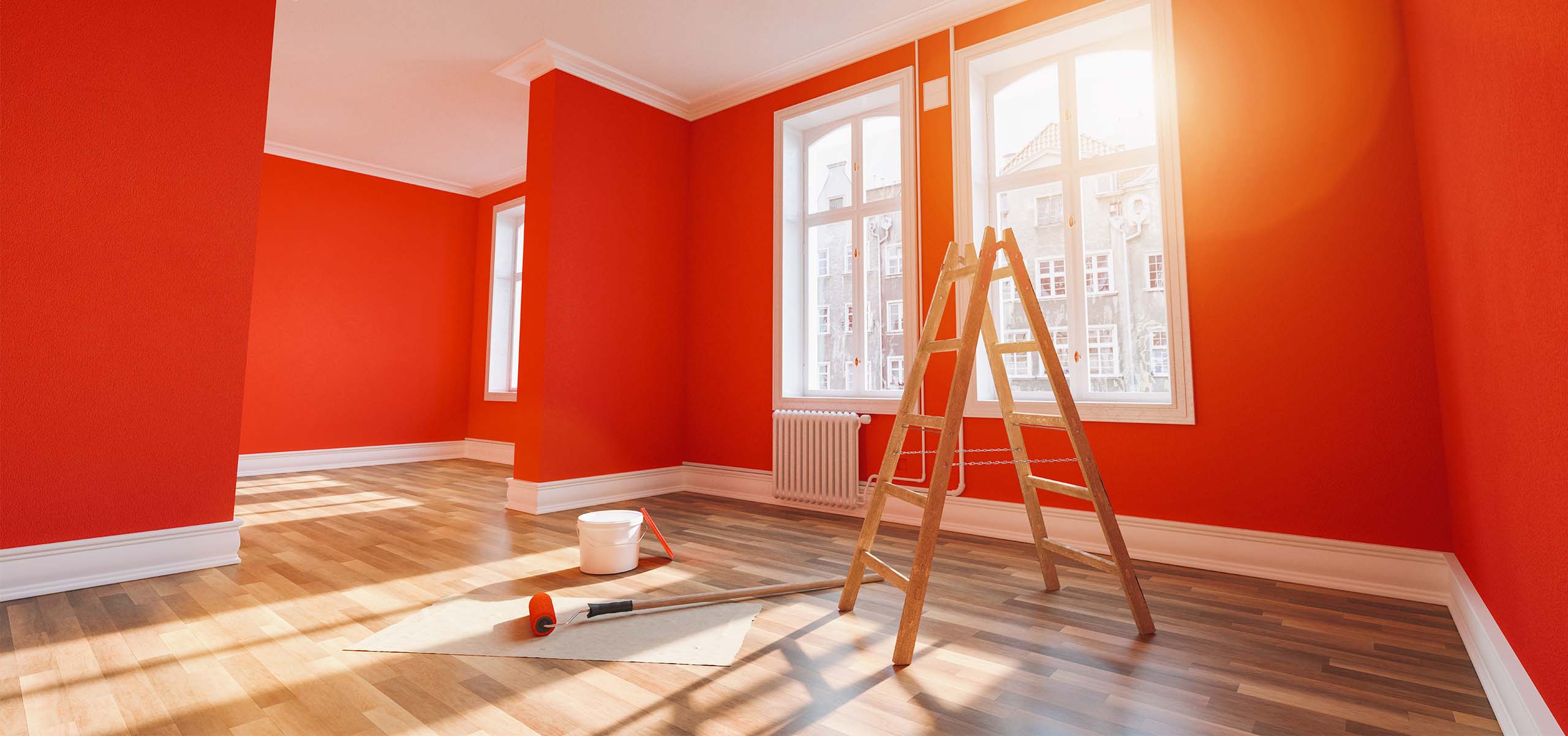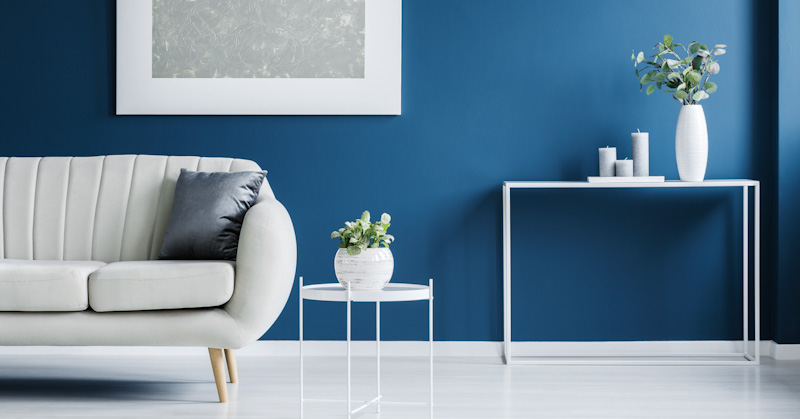Enhance Your Interior Decoration With Comprehensive Shade Assessment
The assimilation of shade consultation right into interior layout offers a distinct chance to improve and boost the aesthetic and psychological vibration of a space. By engaging with an experienced color specialist, you can browse the complexities of color option, guaranteeing that your selections not just complement building attributes however also resonate with personal style and emotional effect.
Advantages of Color Appointment

Furthermore, color appointment help in optimizing all-natural light and enhancing spatial understanding. Lighter colors can make a space appear more expansive, while darker tones develop an intimate setup. Cleveland Metro Painting Specialists. This critical application of color can significantly affect the overall atmosphere of any interior area
In addition, professional experts have a detailed understanding of ageless classics and present trends, ensuring that the selected colors will certainly remain enticing over time. This foresight can save customers from expensive redesigns in the future. Lastly, color appointment empowers customers by providing them with a clear vision and direction, promoting confidence in their design selections and eventually resulting in a more effective and gratifying interior decoration end result.
Comprehending Color Psychology
The importance of shade psychology in interior decoration can not be overemphasized, as it delves right into the mental and emotional effects that various shades can evoke in people. Colors can influence mood, behavior, and even productivity, making them an important consideration in any type of layout project.
For instance, cozy colors such as red, orange, and yellow are frequently related to power and heat. They can stimulate sensations of excitement and convenience, making them suitable for social rooms like living kitchens or rooms. Conversely, trendy shades like blue, environment-friendly, and purple have a tendency to evoke calmness and serenity, making them ideal for bed rooms or meditation locations.
Additionally, making use of neutral tones can create a balanced environment by permitting the bolder colors to stand apart without overwhelming the senses. Comprehending these mental influences makes it possible for developers to develop areas that not only look visually pleasing however also advertise emotional health.
Including color psychology into indoor layout includes a thoughtful choice of hues customized to the desired feature of each space, ultimately boosting the overall experience for its residents. This awareness is vital for achieving a unified and functional indoor setting.
The Color Wheel Clarified
It makes up primary shades-- red, blue, and yellow-- that can not be produced by mixing other colors. Tertiary colors result from blending a key and a secondary color, leading to shades such as red-orange and blue-green.
The shade wheel aids developers realize the connections between shades, consisting of complementary, similar, and triadic plans. Corresponding shades, located contrary each various other on the wheel, develop vivid contrasts that can invigorate a space.
Utilizing the shade wheel in interior layout not just boosts aesthetic allure but also evokes specific feelings and atmospheres, making it a crucial reference for color assessment. Recognizing these partnerships eventually encourages developers to produce spaces that are both practical and visually exciting.
Choosing the Right Scheme
Frequently, picking the right combination is a definitive consider achieving an effective interior decoration project. A well-chosen Click This Link shade scheme can combine a room, boost its functions, and evoke preferred feelings. To begin, think about the objective of the room. Different areas serve different features and call for palettes that show their desired usage; for circumstances, serene shades such as soft blues or eco-friendlies work well in bedrooms, promoting leisure.
Light can substantially change just This Site how shades appear, so it is crucial to assess the room at different times of the day. A harmonious palette needs to complement these attributes, producing a natural appearance throughout the room.
When choosing colors, use the 60-30-10 guideline, which recommends that 60% of the space should be a leading shade, 30% a secondary shade, and 10% an accent color. This ratio makes sure equilibrium and visual interest (Cleveland Metro Painting Specialists). Example colors on the wall surfaces before committing, as this permits you to see how the colors connect with one another and the overall ambiance they produce in your interior layout job.
Collaborating With a Color Expert

When working with a color expert, the process commonly starts with an initial consultation. Throughout this conference, you'll discuss your vision, preferences, and the existing aspects in your room. The consultant will examine your demands and may recommend particular color combinations that visit homepage align with your objectives.
After establishing a direction, the expert will give samples and visual aids to assist you visualize the proposed color pattern. This step is crucial, as colors can appear in different ways under differing lights conditions.
In addition, a shade specialist can lead you in selecting corresponding home furnishings, art work, and devices to harmonize with your chosen combination. By collaborating carefully, you can achieve a refined aesthetic that boosts your interiors and develops an inviting environment. Ultimately, the proficiency of a shade specialist can significantly improve the total effect of your design project.
Conclusion
In recap, comprehensive shade examination offers as a vital tool for enhancing interior style. By leveraging professional expertise of color psychology and spatial characteristics, a tailored color scheme can be developed to evoke certain feelings and create an unified setting.
By involving with a skilled shade professional, you can navigate the intricacies of shade choice, making sure that your choices not just enhance building functions but additionally reverberate with personal style and emotional influence. It consists of primary colors-- red, blue, and yellow-- that can not be produced by mixing other colors.The shade wheel aids developers grasp the partnerships in between shades, consisting of corresponding, analogous, and triadic systems.When choosing colors, make use of the 60-30-10 rule, which recommends that 60% of the room ought to be a dominant shade, 30% an additional shade, and 10% an accent color. By leveraging professional understanding of shade psychology and spatial dynamics, a customized shade combination can be developed to stimulate specific feelings and develop a harmonious atmosphere.